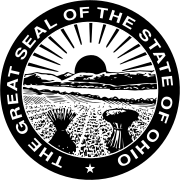
The 1828 United States presidential election was the 11th quadrennial presidential election. It was held from Friday, October 31 to Tuesday, December 2, 1828. It featured a rematch of the 1824 election, as President John Quincy Adams of the National Republican Party faced Andrew Jackson of the Democratic Party. Both parties were new organizations, and this was the first presidential election their nominees contested.
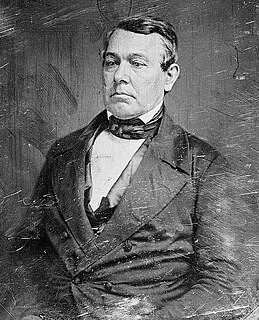
Thomas Corwin, also known as Tom Corwin, The Wagon Boy, and Black Tom was a politician from the state of Ohio. He represented Ohio in both houses of Congress and served as the 15th governor of Ohio and the 20th Secretary of the Treasury. After affiliating with the Whig Party, he joined the Republican Party in the 1850s. Corwin is best known for his sponsorship of the proposed Corwin Amendment, which was presented in an unsuccessful attempt to avoid the oncoming American Civil War.
The Ohio Democratic Party (ODP) is the affiliate of the Democratic Party in the U.S. state of Ohio. Summit County Council President Elizabeth Walters has been the party's chairwoman since January 2021.
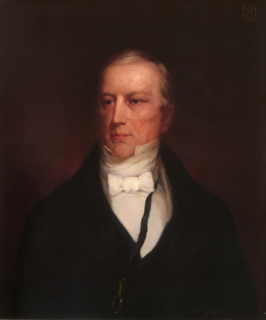
In the 1828 and 1829 United States House of Representatives elections, while Jacksonians soundly took control of the presidency, with Andrew Jackson's victory, they greatly increased their majority in Congress. Outgoing President John Quincy Adams's unpopularity played a major role in the Jacksonian pick-up, as did the perception of the Anti-Jacksonian Party as urban and elitist. Major increases in suffrage also heightened Jacksonian wins, as newly enfranchised voters tended to associate with Jacksonian principles. The Anti-Masonic Party, a single issue faction based on distrust of Freemasonry, became the first third party in American history to garner seats in the House.
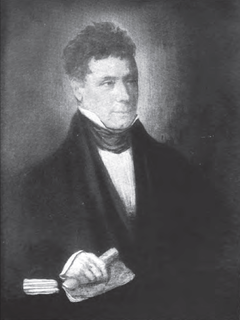
William Creighton Jr. was the 1st Secretary of State of Ohio, a United States Representative from Ohio and a United States District Judge of the United States District Court for the District of Ohio.
Political control of Ohio has oscillated between the two major parties. Republicans outnumber Democrats in Ohio government. The governor, Mike DeWine, is a Republican, as are all other non-judicial statewide elected officials: Lieutenant Governor of Ohio Jon A. Husted, Ohio Attorney General Dave Yost, Ohio State Auditor Keith Faber, Ohio Secretary of State Frank LaRose and Ohio State Treasurer Robert Sprague.

David Austin Starkweather was an American lawyer and politician who was a U.S. Representative from Ohio and a U.S. diplomat. He served two non-consecutive terms in the U.S. House of Representatives in the mid-19th century and was United States Ambassador to Chile during the presidency of Franklin Pierce.

Samuel Wilson Parker, was a U.S. Representative from Indiana.
Daniel Duncan was a U.S. Representative from Ohio.
David Chambers was a United States Representative from Ohio.
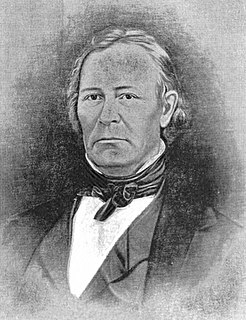
John Woods was a U.S. Representative from Ohio.

Missouri elected its representative to the United States House of Representatives for the 1828–1830 term on August 4, 1828.
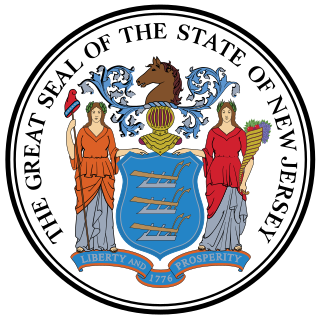
New Jersey elected its members November 4, 1828.

The 1828 United States presidential election in Ohio took place between October 31 and December 2, 1828, as part of the 1828 United States presidential election. Voters chose 16 representatives, or electors to the Electoral College, who voted for President and Vice President.

The 1828 United States elections elected the members of the 21st United States Congress. It marked the beginning of the Second Party System, and the definitive split of the Democratic-Republican Party into the Democratic Party and the National Republican Party. While the Democrats cultivated strong local organizations, the National Republicans relied on a clear national platform of high tariffs and internal improvements. Political scientists such as V.O. Key, Jr. consider this election to be a realigning election, while political scientists such as James Reichley instead see the election as a continuation of the Democratic-Republican tradition. Additionally, this election saw the Anti-Masonic Party win a small number of seats in the House, becoming the first third party to gain representation in Congress.

Electoral history of William Henry Harrison, who served as the 9th president of the United States (1841); United States Minister to Gran Colombia (1828–1829); United States senator from Ohio (1825–1828); United States representative from Ohio (1816–1819) and as the first governor of the Indiana Territory (1801–1812).

In Ohio's 6th district, incumbent William Creighton Jr. resigned before December 19, 1828 when he was given a recess appointment to be a United States District Judge. He was also nominated for the judgeship, but that appointment was not approved by the U.S. Senate by February 1829. Creighton was already elected to the next term and was reseated in his old position when the next Congress began in March 1829.
This page is based on this
Wikipedia article Text is available under the
CC BY-SA 4.0 license; additional terms may apply.
Images, videos and audio are available under their respective licenses.
